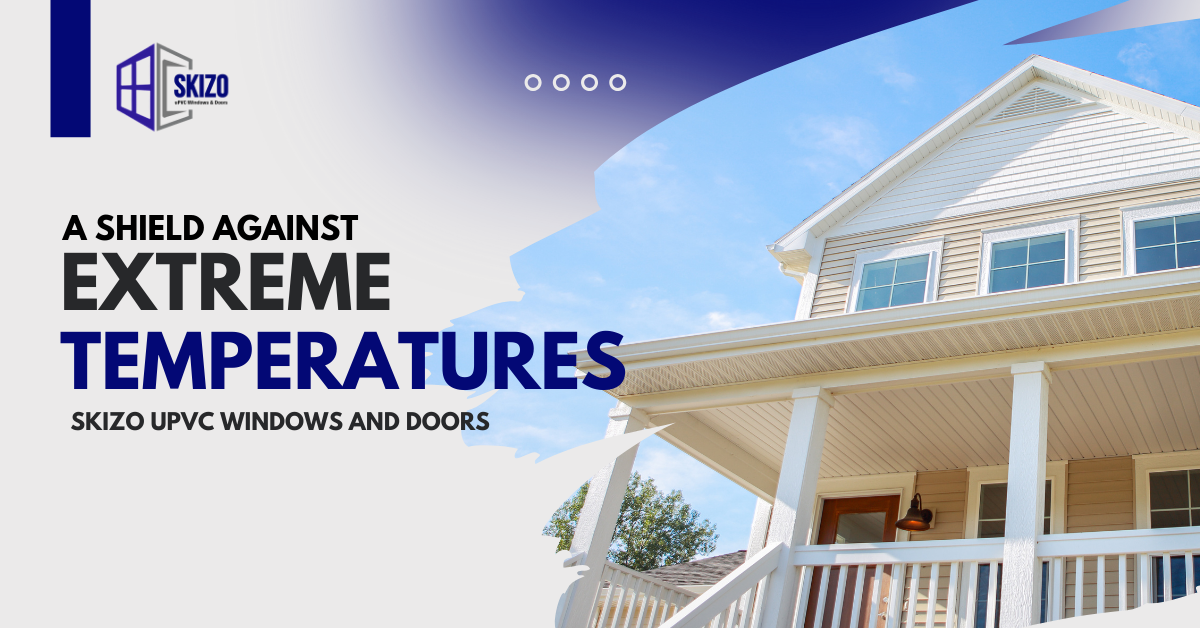Thermal Insulation: A Shield Against Extreme Temperatures
Thermal insulation is a technique that reduces heat transfer between objects. In buildings thermal insulation , it involves minimizing heat loss during winter and heat gain during summer. This is achieved by creating barriers that resist heat transfer through conduction, convection, and radiation.
Insulating Windows: A Key to Energy Efficiency
Windows are often overlooked as major culprits of heat loss, especially during winter. Here's how to insulate them:
- Weatherstripping: Seal gaps around window frames with caulk or weatherstripping tape to prevent air leaks.
- Storm Windows: Add an extra layer of glass to create an air gap, significantly reducing heat loss.
- Thermal Curtains: Heavy, insulated curtains can block cold air and reduce heat loss.
Window Films: Transparent films applied to windows can reduce heat transfer.

Weather-Resistant Windows: Defying the Elements
Weather-resistant windows are designed to withstand harsh weather conditions, including wind, rain, and extreme temperatures. They typically feature:
- Durable Materials: Strong frames and energy-efficient glass.
- Tight Seals: Effective weatherstripping to prevent air and water infiltration.
- Robust Locks: Secure locking mechanisms to withstand high winds.
- Professional Installation: Proper installation ensures optimal performance.
Weatherproofing Your Windows: A Step-by-Step Guide
Weatherproofing windows involves sealing gaps and cracks to prevent air and water infiltration. Here's how:
- Caulk and Sealants: Apply caulk to gaps around window frames and sealants to cracks in the frame itself.
- Weatherstripping: Install weatherstripping tape or gaskets to seal gaps between the window sash and frame.
- Additional Layers: Consider storm windows or window films for extra insulation.
- Regular Maintenance: Check for damage and repair or replace worn-out components.

Wind-Resistant Windows: Standing Strong Against the Wind
Wind-resistant windows are designed to withstand strong winds and prevent damage to your home. They often feature:
- Reinforced Frames: Stronger frames to resist wind pressure.
- Impact-Resistant Glass: High-performance glass to prevent breakage.
- Secure Locks: Robust locking mechanisms to keep windows firmly in place.
- Professional Installation: Proper installation ensures optimal performance.
Winterizing Your Windows: A Checklist
To weatherproof your windows for winter, focus on reducing heat loss:
- Seal the Gaps: Ensure all gaps are sealed to prevent drafts.
- Add Extra Layers: Consider storm windows or window films for additional insulation.
- Hang Heavy Curtains: Use heavy, insulated curtains to block cold air.
- Regular Maintenance: Check for damage and repair or replace worn-out components.
Thermal Insulation in Double-Glazed Windows
Gas-filled space acts as an excellent insulator, significantly reducing heat transfer.
Thermal Insulation in Casement Windows
Casement windows can be made more energy-efficient through:
- Proper Sealing: Ensure effective weatherstripping around the window frame.
- Energy-Efficient Glass: Use high-performance glass with low-emissivity coatings.
- Professional Installation: Proper installation ensures optimal performance.
Implementing these techniques can significantly improve your home's energy efficiency, reduce energy costs, and create a more comfortable living environment.


